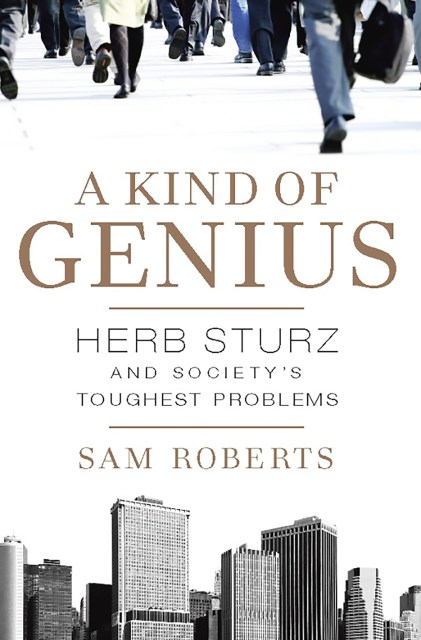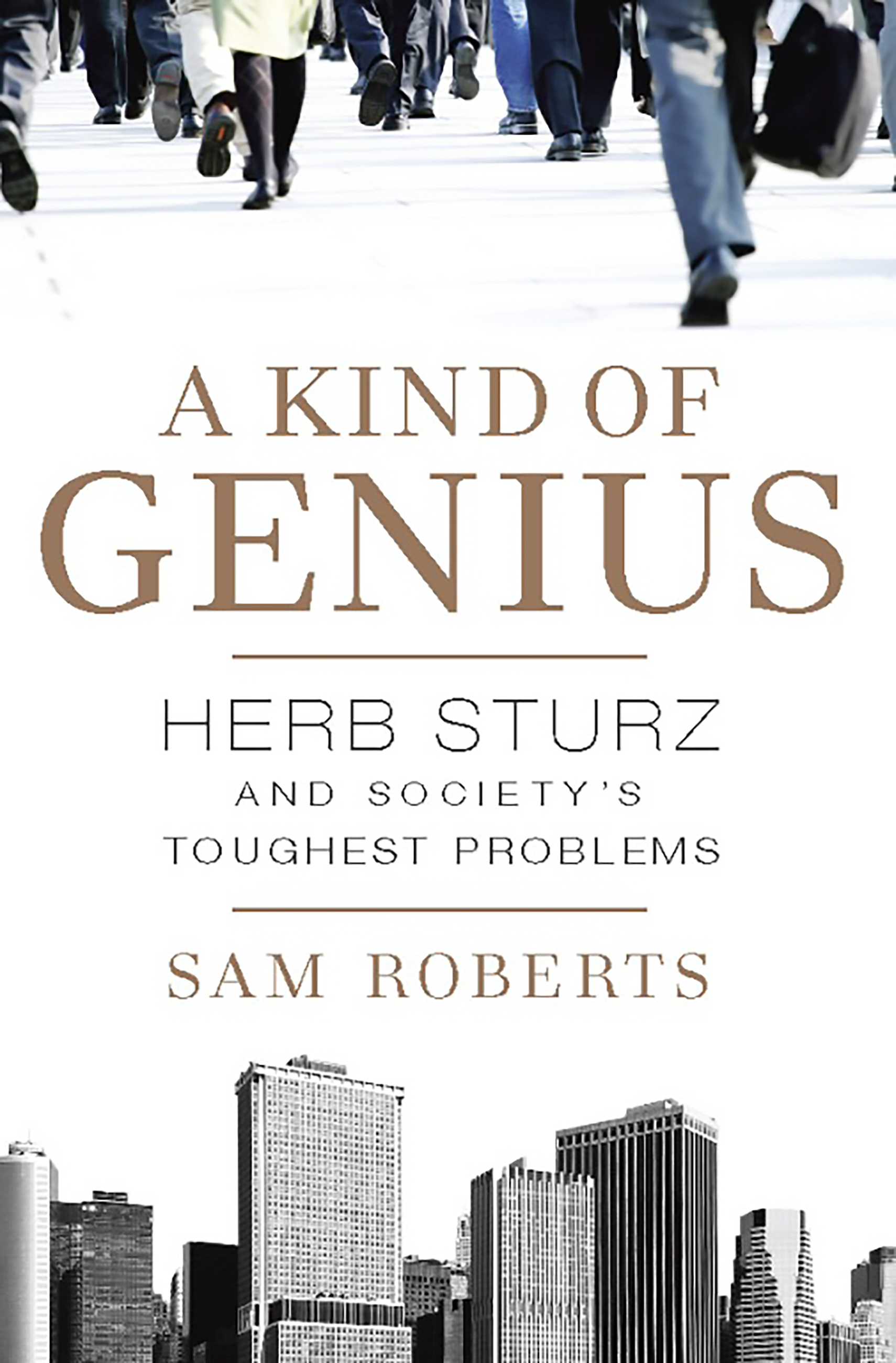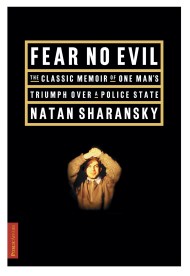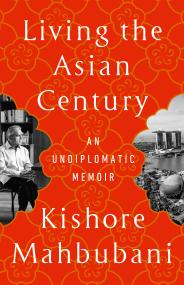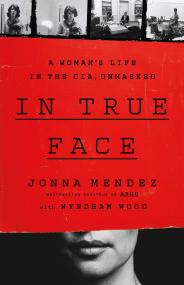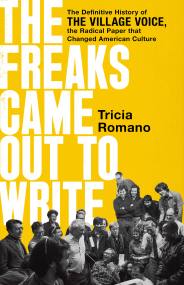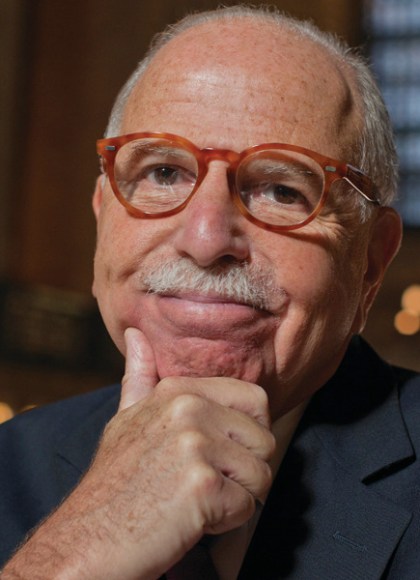Promotion
Shop now and save 20% on your back-to-school purchases & get free shipping on orders $45+ Use code: SCHOOL24
A Kind of Genius
Herb Sturz and Society's Toughest Problems
Contributors
By Sam Roberts
Formats and Prices
Price
$18.99Price
$22.99 CADFormat
Format:
ebook $18.99 $22.99 CADThis item is a preorder. Your payment method will be charged immediately, and the product is expected to ship on or around March 3, 2009. This date is subject to change due to shipping delays beyond our control.
Also available from:
Roberts pays tribute to Sturz’s inspirational legacy of accomplishment. His initiatives have consistently provided solutions to our most challenging problems. Here, for the first time, his astonishing story is told in full.
- On Sale
- Mar 3, 2009
- Page Count
- 464 pages
- Publisher
- PublicAffairs
- ISBN-13
- 9780786727544
Newsletter Signup
By clicking ‘Sign Up,’ I acknowledge that I have read and agree to Hachette Book Group’s Privacy Policy and Terms of Use
